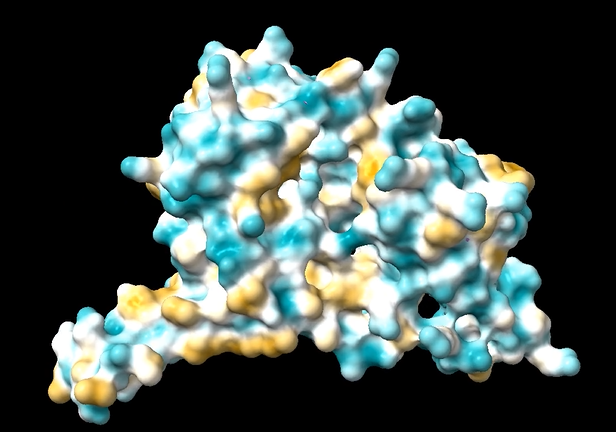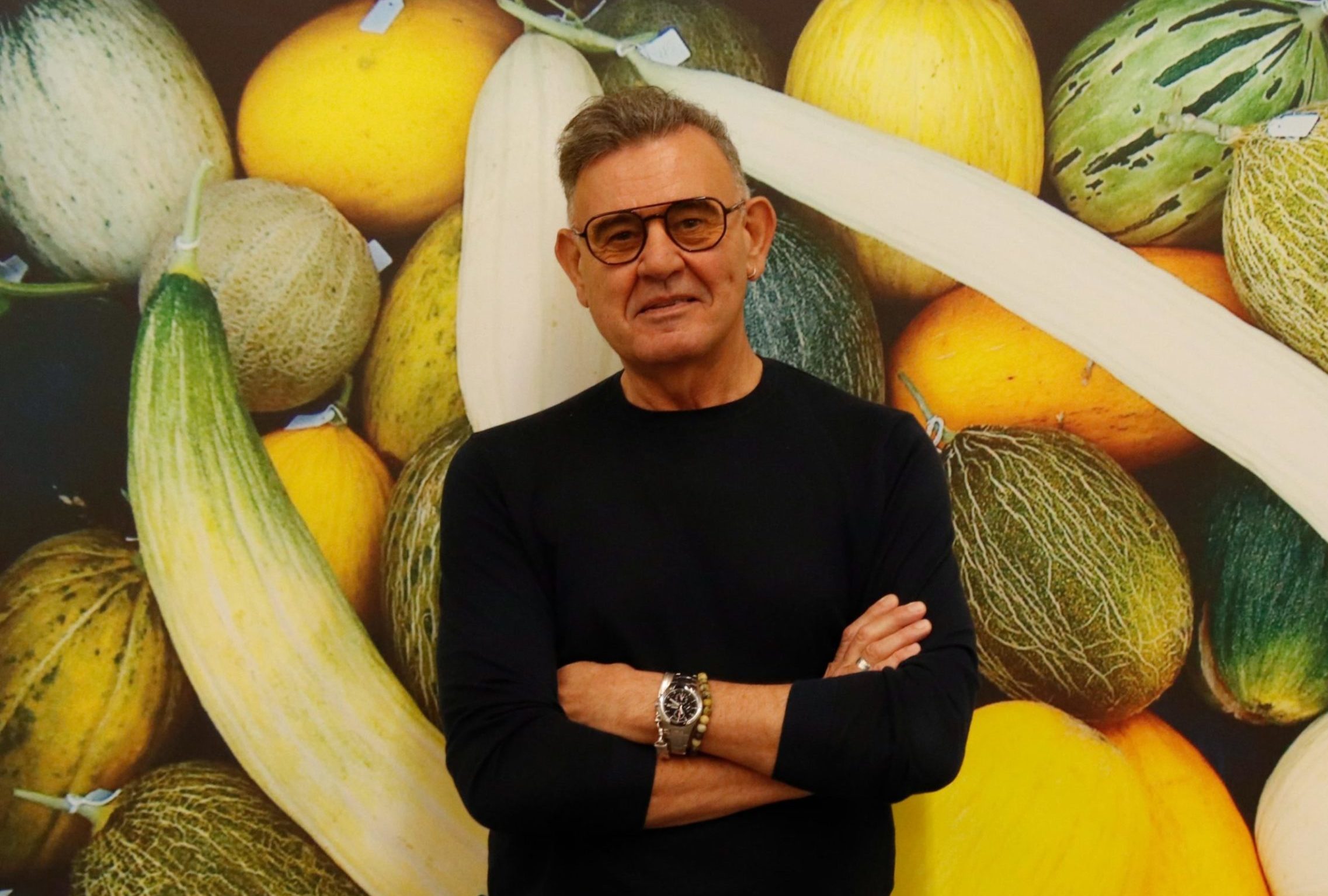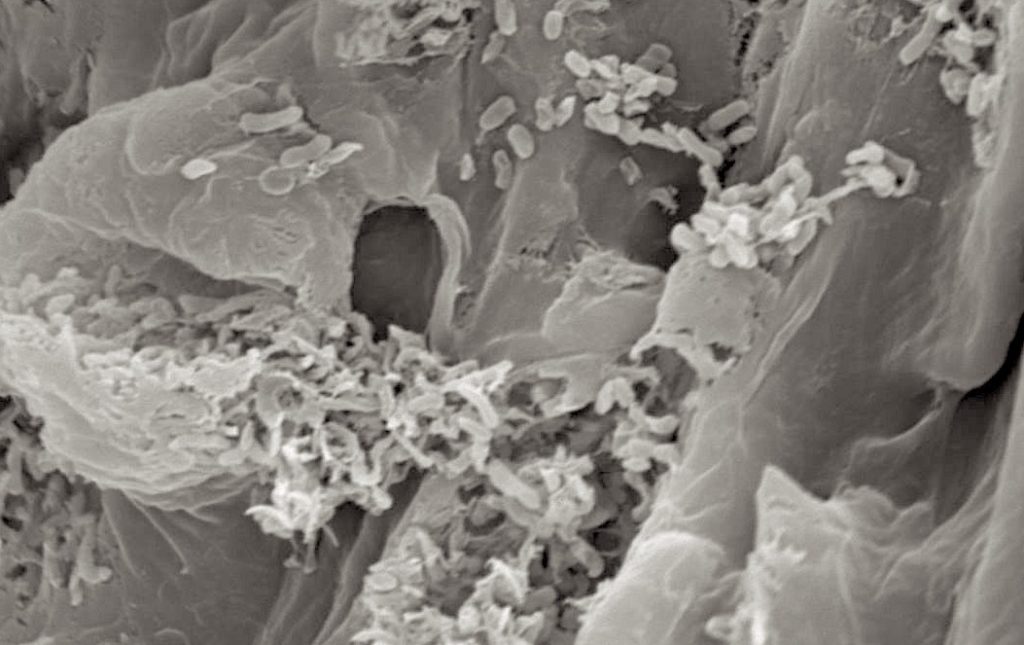Virulence and host range
Functional analysis of genetic determinants in Pseudomonas savastanoi pathovars from woody hosts.

Pseudomonas savastanoi pathovars from woody hosts (olive, oleander, ash, broom and dipladenia) are well-established models for the study of bacterial molecular determinants involved in the pathogenicity in woody plants. Their phylogenetic proximity and divergent host range make them ideal candidates to investigate the genetic and molecular bases that define host range at the pathovar level. Comparative and functional genomics and transcriptomics analyses facilitates the identification of pathogenicity determinants that participate in the definition of the host range and in the evolution of virulence of this bacterial complex. The final aim of this line is to expand our knowledge on the interactions between bacterial pathogens and their hosts, as well as to contribute to the development of novel and sustainable control methods against bacterial plant diseases.


Cayo Ramos

Luis Rodríguez Moreno

Ana Isabel Berrocal

Antonio Arroyo

Adrián Pintado
The development of novel plant disease control strategies requires the identification of the factors necessary for the survival and virulence of pathogenic microorganisms. Plant pathogens secrete various types of molecules, known as effectors, that contribute to the establishment of the disease in the host plant. In general, it is the entire repertoire of effectors produced by a pathogenic microorganism that determines the result of the interaction with the host, which is why it is of high importance to identify the greatest possible number of effectors for a given pathogen. Regardless of the effectors secreted by the type III secretion system (T3SS), there are not many works in which the repertoire of extracellular proteins (secretome) has been characterized. The purpose of this research line is the identification and characterization at the molecular and cellular level of new virulence factors independent of the T3SS in the Pseudomonas savastanoi-host plant interaction.



Luis Rodríguez

Cayo Ramos

Ana Isabel Berrocal

Hilario Domínguez Cerván

Laura Barrientos Moreno